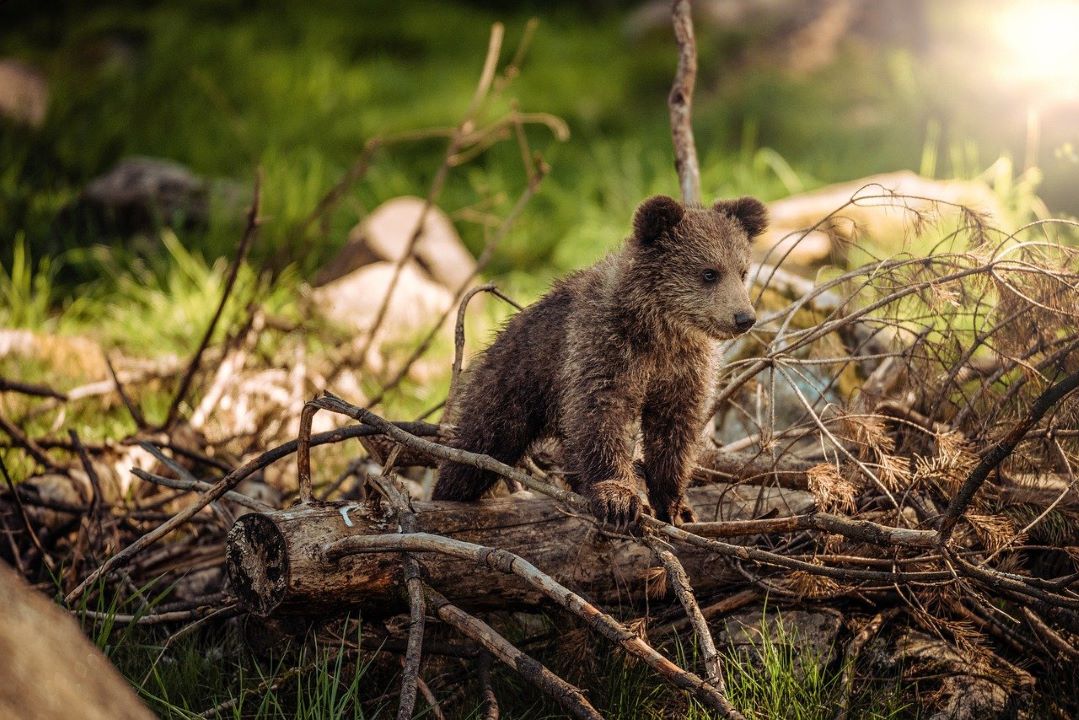Some predators – wolves, brown bears, and sea eagles – are returning to Europe. These animals used to be a common species in Europe, but due to human activities, they have become endangered. On the other hand, human help led to their return. Conservation laws contribute significantly to the population growth of not only these species.
European Raptors Are Making a Comeback
Experts from Rewilding Europe ensure consistent protection, restoration of the natural environment, and controlled return of endangered species to the wild. Their unceasing work brings results – the growth of the population of some European animals, such as wolves, brown bears, and sea eagles.

“Most (species) have recovered thanks to human efforts. For me, as a global biodiversity researcher who follows global trends, the statistics can be depressing at times. Still, this news is really great and encouraging and inspires people like me to keep working,” said Louise McRae of The Garduigan of the Zoological Society of London (ZSL), which contributed to the creation of the report.
Mammals and Birds Census
The report focused on the census of more than twenty species of mammals, two dozen species of birds, and one species of reptile. Of the predators, wolves are experiencing the biggest comeback. After being driven to the brink of extinction until the 1970s, their population is set to increase by 1,800 percent by 2022. Biologists estimate that there are around 170,000 of them.

Despite human-predator conflicts, brown bear populations have increased by 44% since 1960. Across Europe, white-tailed eagles have increased by 445% between 1970 and 2018. The researchers counted approximately 12,500 pairs.
The most effective tools for species protection are conservation laws – against hunting and killing and limiting the use of pesticides. Legal protection includes EU legislation such as the Birds and Habitats Directives or land use changes.
Source: rewildingeurope.com/wildlife-comeback-report-2022/
Photo credit: pixabay, unsplash




